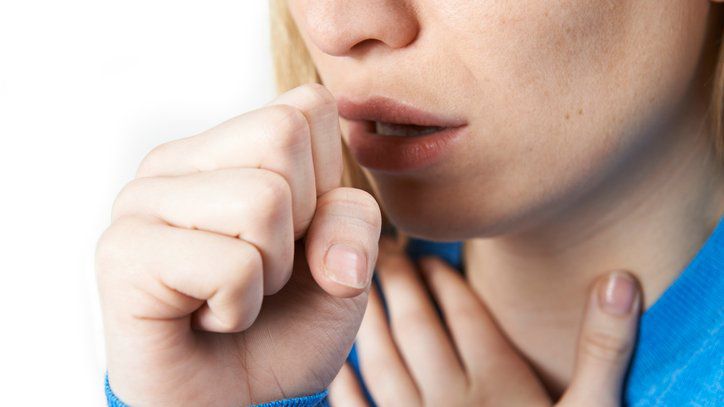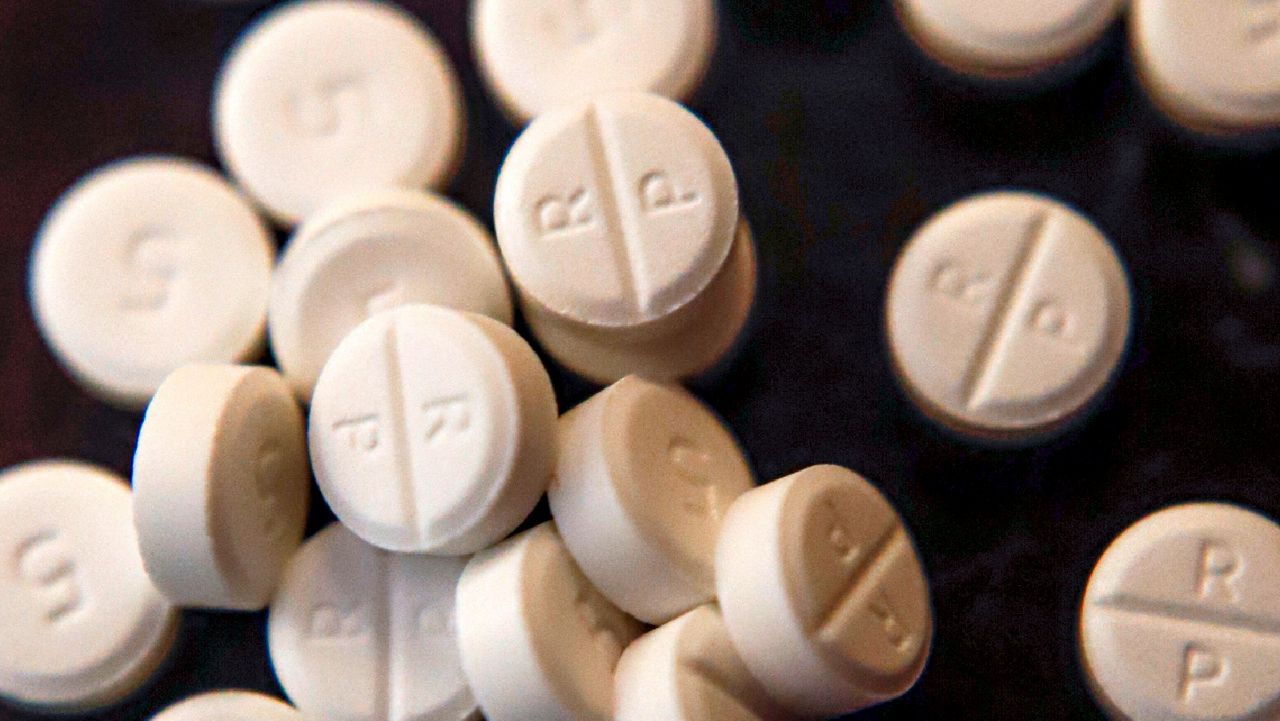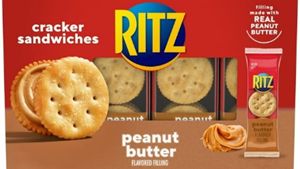University of Hawaii at Manoa researchers are collecting data from outrigger canoe paddlers to determine the sport’s metabolic equivalents, which show how many calories a person burns.
Sixty paddlers, including some with spinal cord injuries, participated in the study, according to a news release. Public health researchers collected data from March 7-10 at the Sand Island Boat Ramp. Four out of six paddlers per canoe wore a portable metabolic analyzer, which monitored their body’s response during a 45-minute paddling session.
“While many sports and activities, such as walking, running or lifting, have established their METs, outrigger canoe paddling — an important, culturally relevant activity in Hawaii and beyond — has yet to be measured,” said lead researcher Simone Schmid. “Establishing the corresponding METs will be instrumental in demonstrating the scientific benefits of paddling, including for paddlers who have physical disabilities.”
Outrigger canoe paddling is the state’s official team sport. A recent study by UH researchers found 20% of Hawaii residents have participated in outrigger paddling. The research found that outrigger paddling holds particular appeal for Native Hawaiians, with 42% having engaged in the activity.
Researchers expect to receive results from the data collection this summer. Schmid, who is a post-doctoral researcher in the Thompson School of Social Work & Public Health and works with the Hawaii Department of Health, plans to share the results with the community and at scientific meetings. She expects to publish her research by the end of the year. Her long-term goal is to have canoe club memberships covered by health insurance.
“All my career was built around physical activity and health—not knowing it would lead here,” said Schmid, who is also a competitive paddler. “I fell in love with paddling in 2010. I am thankful for all my coaches and paddling communities for what they taught me. I am grateful to finally have the opportunity to do this METs project alongside the community and amazing paddlers.”
Schmid modeled her study after a METS study for hula, which was led by Native Hawaiian researchers at the John A. Burns School of Medicine. In 2016, while working on her dissertation, Schmid noticed a scientific gap in measuring METS during paddling and surfing activities. However, it took her several years to acquire the special equipment and funding necessary to launch the study.
Find up-to-date information on the study’s website. Paddlers are encouraged to complete a public survey, where they can submit ideas for the next steps.
Michelle Broder Van Dyke covers the Hawaiian Islands for Spectrum News Hawaii. Email her at michelle.brodervandyke@charter.com.







0718)

